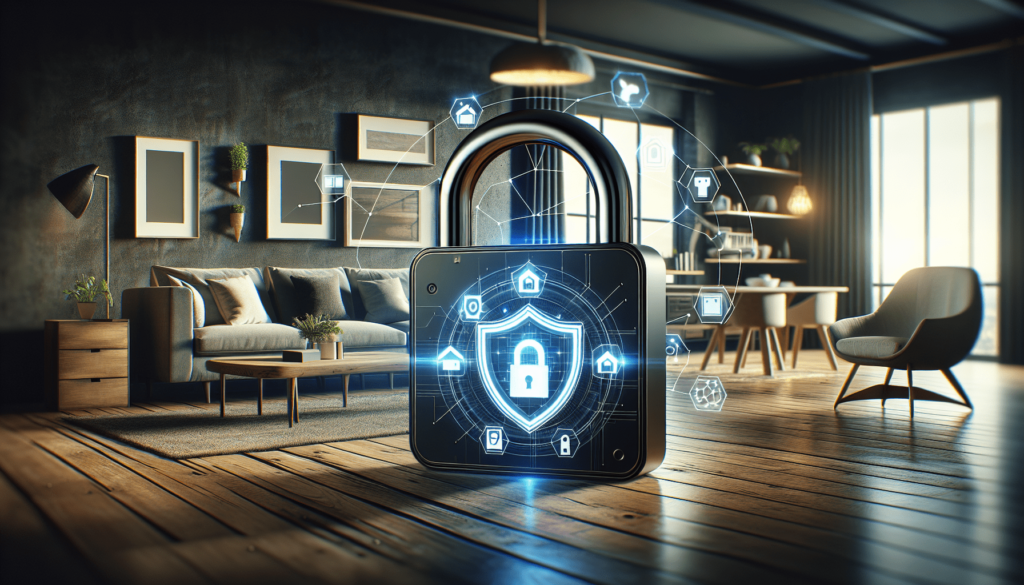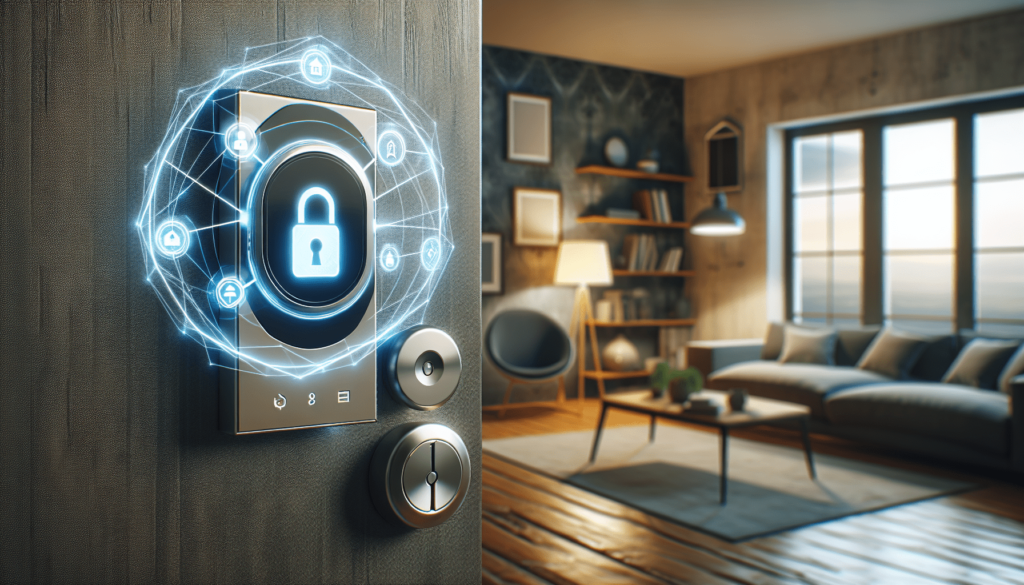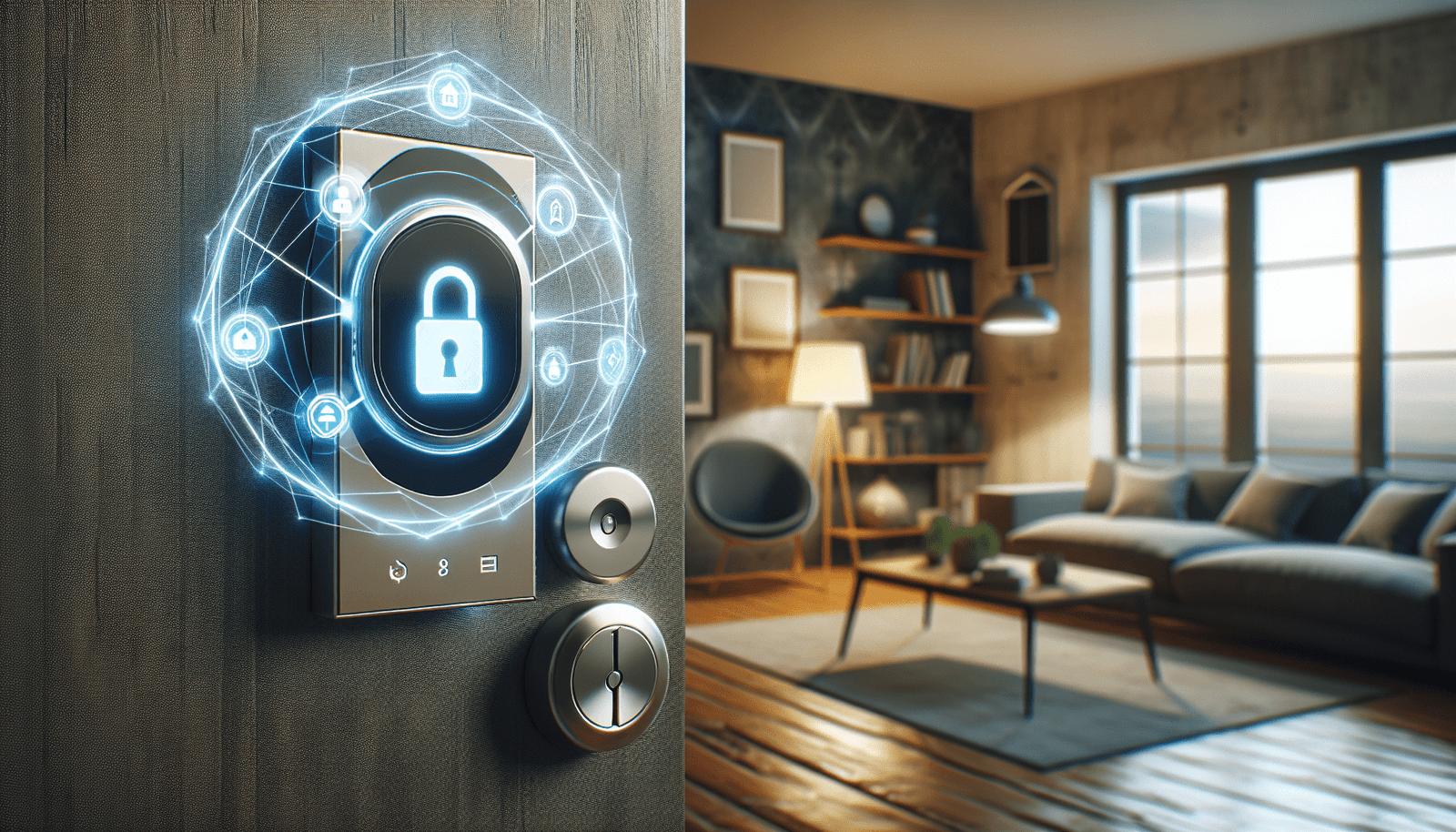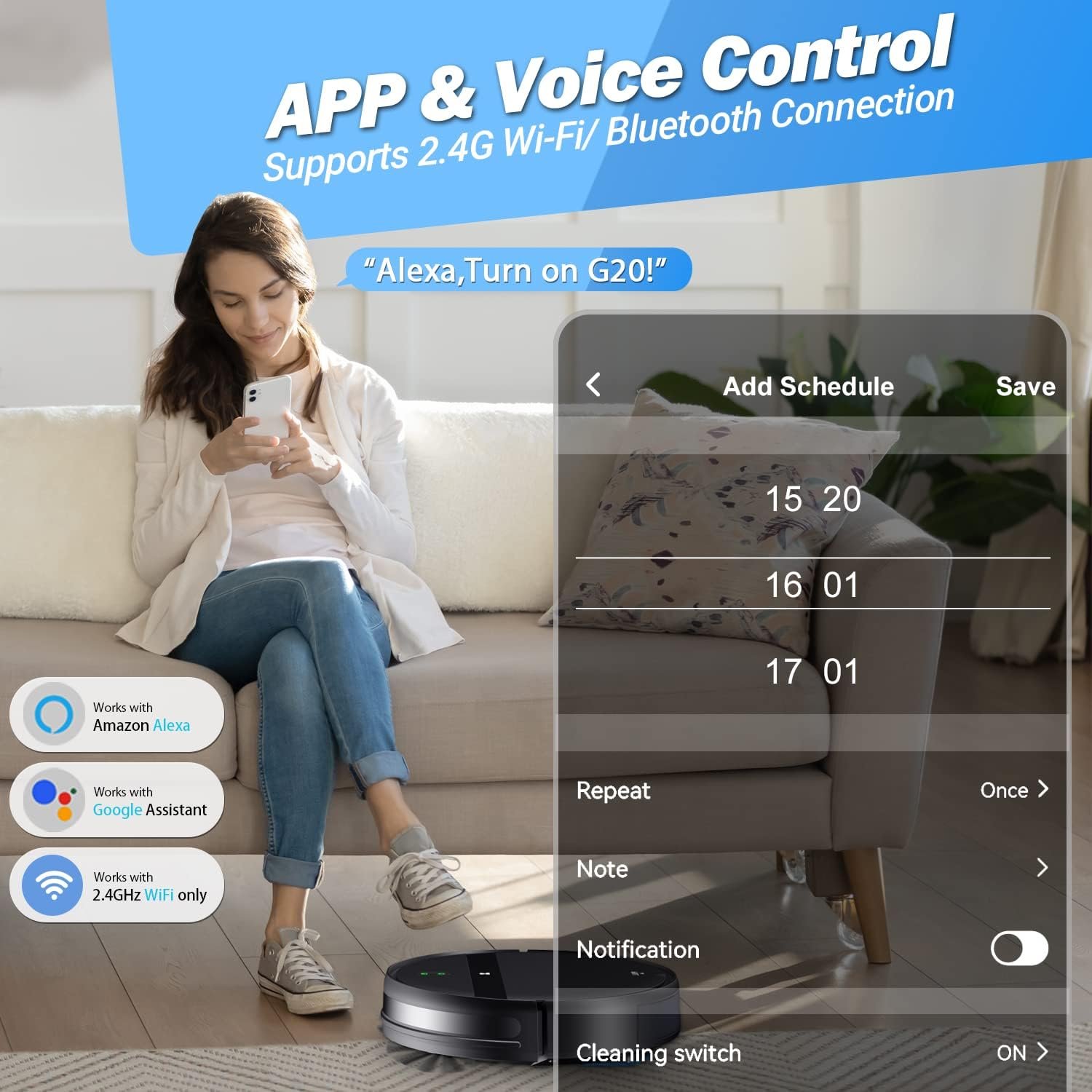Have you ever wondered how secure your smart home devices really are? In today’s rapidly advancing tech world, smart home gadgets offer convenience and efficiency like never before. From controlling your home’s temperature with a smart thermostat to monitoring security cameras from your smartphone, these technologies make life easier and homes more efficient. However, with these conveniences come new security concerns. This article aims to guide you through the best practices for securing these devices, helping you to enjoy the benefits of a smart home without compromising your privacy or security.
What is Smart Home Technology?
Smart home technology refers to a range of devices and systems that allow you to automate and control various functions of your home through internet-connected gadgets. These devices can range from simple smart bulbs to complex security systems and can be controlled remotely via smartphones, tablets, or computers. The primary goal of smart home technology is to enhance convenience, improve energy efficiency, and increase safety and security in a home environment.
Types of Smart Home Devices
Smart home devices fall into different categories, each serving a specific purpose in making your life easier and more efficient:
- Smart Lighting: Control the brightness, color, and timing of your lights, often integrating with voice assistants like Alexa or Google Assistant.
- Smart Thermostats: Automatically adjust your home’s temperature based on your preferences and habits, often resulting in energy savings.
- Security Cameras and Systems: Allow you to monitor your home from anywhere, featuring motion detection, two-way audio, and sometimes professional monitoring services.
- Smart Locks: Enable keyless entry to your home, with temporary access codes for guests or service providers.
- Smart Appliances: Includes refrigerators, ovens, and washers that you can start, monitor, and adjust remotely.
By connecting these devices, you can create a seamless experience that adapts to your routines and lifestyle.
The Importance of Security for Smart Home Devices
While smart home devices provide unprecedented convenience and automation, they also present unique security challenges. Hackers can exploit vulnerabilities in devices to access personal information or even gain control of your systems. Therefore, understanding and implementing best practices in securing these devices is crucial for protecting your privacy and keeping your home safe.
Common Risks Associated with Smart Home Devices
- Unauthorized Access: Without proper security measures, hackers could gain access to your devices and, by extension, your home.
- Data Breaches: Smart devices often collect data to improve functionality, but if improperly secured, this information can be exposed.
- Compatibility Issues: Using devices from multiple manufacturers without a proper security strategy can create vulnerabilities.
- Invasion of Privacy: Devices with microphones or cameras, such as smart assistants or security cameras, could be used to invade your privacy if hacked.

Best Practices for Securing Your Smart Home Devices
To mitigate these risks, it’s crucial to adopt a proactive approach to securing your smart home devices. Below are some best practices to ensure your smart home is both efficient and secure:
Strong Passwords and Two-Factor Authentication
Using strong, unique passwords for each device is a fundamental security practice. Avoid using default passwords provided by manufacturers, which are often weak and easily guessable. Implement two-factor authentication wherever possible to add an extra layer of security.
Regular Software Updates
Manufacturers often release updates to patch security vulnerabilities. Regularly updating your devices ensures they have the latest security enhancements. Enable automatic updates if the option is available to minimize the risk of overlooking important patches.
Network Security
Securing your home Wi-Fi network is as vital as securing the individual devices. Change the default name of your network (SSID) to something unique and avoid broadcasting it publicly. Use a strong WPA3 encryption, if available, as it offers robust security features. Consider setting up a guest network for your smart devices, which isolates them from computers or phones holding sensitive data.
Use Secure Connections
Opt for devices that support HTTPS or other secure communication protocols. This ensures that data transmitted between devices and the cloud is encrypted and protected from eavesdropping.
Device-Level Security Settings
Each device may offer unique security settings. Take the time to explore these options and configure them for maximum security. Disable features you don’t use, like remote access, if they aren’t necessary.
Beware of Public Wi-Fi and VPN Usage
Accessing your smart home network over public Wi-Fi can expose your devices to potential attacks. Use a Virtual Private Network (VPN) to create a secure connection when accessing your smart home devices remotely.
Monitoring Logs and Alerts
Some smart home applications offer logs and alert systems that notify you of suspicious activity. Regularly check these logs for any unauthorized access attempts.
Comparing Costs and Value: Is Securing Your Smart Home Worth It?
Securing your smart home involves both short-term costs and long-term savings. Investing time and resources in security can prevent potentially costly breaches and give you peace of mind.
Initial Setup Costs
Setting up robust security measures, like purchasing a top-tier router or subscribing to VPN services, may involve upfront costs. Yet, these investments can shield you from the potentially higher costs of security breaches.
Long-Term Savings
By preventing breaches and maintaining efficient smart devices, you’ll enjoy prolonged device lifespans and increased energy savings.
Return on Investment
Secure smart homes can not only save money but potentially increase property value by offering future buyers peace of mind about the home’s smart technology infrastructure.

Energy Efficiency and Sustainability
While securing your devices is vital, the benefits of smart home technology extend into energy savings and sustainability, aligning eco-friendly practices with financial savings.
Energy Monitoring
Smart devices enable energy usage monitoring, helping you identify consumption patterns and efficiently manage energy use.
Automating Energy Savings
By automating lights, thermostats, and appliances, you can ensure devices operate only when needed, reducing waste while maintaining comfort.
Sustainable Living
Smart home devices contribute to reducing your carbon footprint as they are designed to optimize resource usage and promote responsible energy consumption.
Future-Proofing Your Smart Home Setup
As technology evolves, it’s essential to consider future trends and innovations that can enhance your smart home while ensuring ongoing security.
Embracing IoT Innovations
Stay informed about emerging smart devices and technologies. Advanced AI-based security solutions and interoperable systems are growing trends in the realm of home automation.
Vendor Reliability
Choose devices from reputable, security-conscious manufacturers known for their commitment to regular updates and robust security protocols.
Regular Audits and Reviews
Conduct regular security audits of your device setup. Periodically evaluate device settings, replace outdated devices, and assess manufacturer protocols for potential vulnerabilities.
Conclusion
By thoughtfully applying these practices, you can unlock the full potential of your smart home while keeping your personal information and living space secure. Beyond enjoying the convenience and efficiency smart devices offer, you’ll also gain confidence knowing you’re protecting your investment from potential threats while contributing to a more energy-conscious lifestyle.




